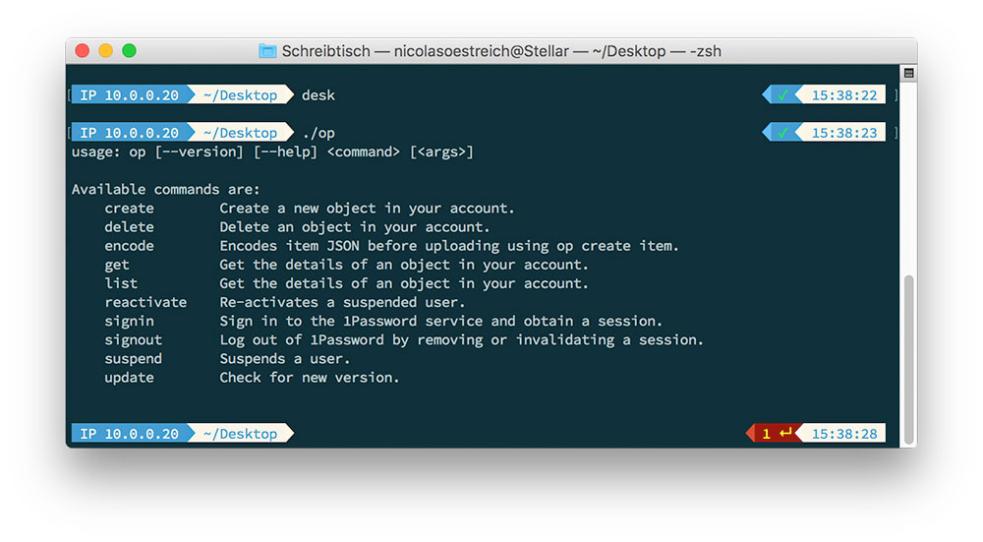Command Line Interface (CLI): A Powerful Tool for Counselors
In today's digital age, technology plays a vital role in counseling. From scheduling appointments to managing client records, counselors rely on various software and tools to enhance their productivity and effectiveness. Understanding the Command Line Interface (CLI) can greatly benefit counselors in navigating these digital tools and unlocking their full potential.

What Is Command Line Interface (CLI)?
The Command Line Interface (CLI) is a text-based user interface that allows users to interact with a computer or software program using text commands. Unlike Graphical User Interfaces (GUIs), which rely on icons and menus, CLI requires users to type commands to perform specific tasks.
While CLIs may seem intimidating at first, they offer several advantages for counselors, including efficiency, flexibility, and access to advanced features.
Benefits Of Using CLI For Counselors
- Efficiency and Productivity: CLI commands can streamline tasks and save time by automating repetitive processes. For example, a counselor can use a single command to delete multiple files instead of manually selecting and deleting each file.
- Flexibility and Customization: CLI allows counselors to customize their software and tools to meet their specific needs. They can create custom scripts and macros to automate complex tasks, saving time and reducing errors.
- Access to Advanced Features: CLI provides access to advanced features and functionalities that may not be available in graphical user interfaces (GUIs). These features can include debugging tools, diagnostic commands, and the ability to access hidden settings.
Basic Concepts Of CLI
To effectively use CLI, counselors need to understand basic concepts such as directories, files, and common commands.
Navigating the CLI

Directories are similar to folders in a GUI, while files are the individual documents or data stored within directories. To navigate through directories, counselors can use commands like "cd" to change directories and "ls" to list the contents of a directory.
Common CLI Commands
Some essential CLI commands for counselors include:
- mkdir: Creates a new directory.
- rmdir: Removes an empty directory.
- copy: Copies files from one location to another.
- move: Moves files from one location to another.
Advanced CLI Techniques For Counselors
As counselors become more comfortable with CLI, they can explore advanced techniques to further enhance their productivity.
Using Pipes and Redirection
Pipes allow counselors to combine multiple commands, while redirection enables them to send the output of one command as input to another. This can save time and streamline complex tasks.
Creating and Using Scripts
Creating custom scripts can automate repetitive tasks and improve efficiency. Counselors can use scripting languages like Bash or Python to write scripts that perform specific tasks, such as generating reports or processing data.
Troubleshooting Common CLI Issues
Counselors may encounter errors while using CLI. It is important to be able to troubleshoot these errors and find solutions.
Common Errors and Solutions
Some common errors that counselors may encounter include:
- "Command not found": This error occurs when the command entered is not recognized by the system. Ensure that the command is spelled correctly and that it is available in the current directory or in the system's path.
- "Permission denied": This error occurs when the user does not have the necessary permissions to perform the command. Check the file or directory permissions and ensure that the user has the appropriate access rights.
Seeking Help and Support
Counselors can seek help from online forums, documentation, and experienced users to resolve CLI issues. There are numerous resources available online that provide tutorials, guides, and troubleshooting tips.
The Command Line Interface (CLI) is a powerful tool that can greatly benefit counselors in their daily work. By understanding basic CLI concepts, counselors can streamline tasks, customize their software, and access advanced features. As counselors continue to explore the capabilities of CLI, they will discover new ways to enhance their productivity and effectiveness.
Embracing CLI is an investment in continuous learning and professional growth. Counselors who master CLI will be well-equipped to navigate the digital landscape of counseling and provide the best possible care to their clients.
YesNo

Leave a Reply